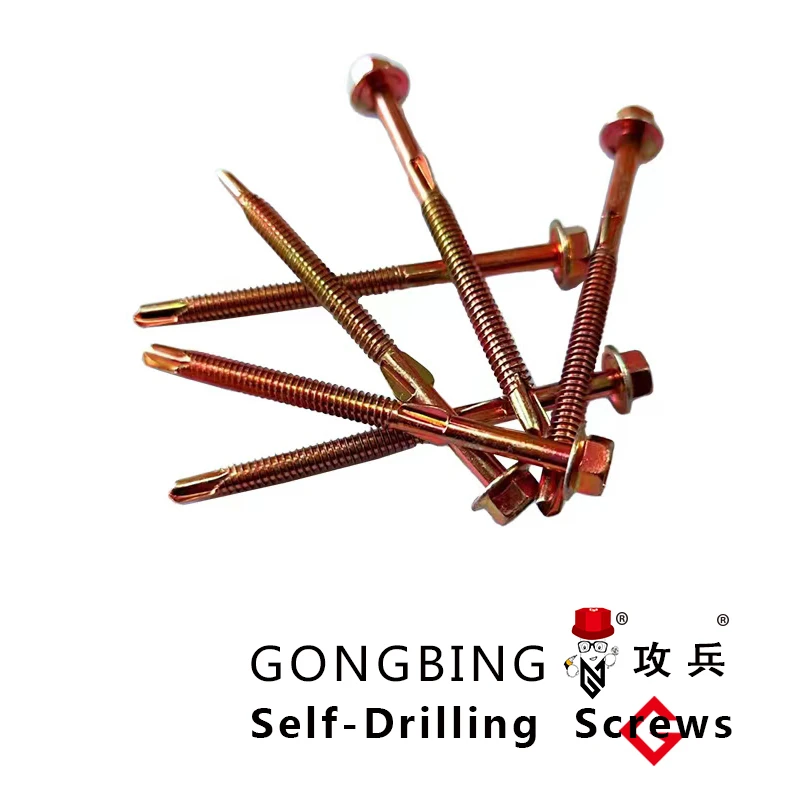foundation bolts specifications
Understanding Foundation Bolts Specifications
In the realm of construction and engineering, the integrity and stability of structures are paramount. Foundation bolts play a critical role in anchoring structures to their foundations, ensuring they can withstand various loads and environmental conditions. Understanding the specifications for foundation bolts is essential for engineers, architects, and construction professionals involved in designing and building robust structures.
What are Foundation Bolts?
Foundation bolts, also known as anchor bolts, are used to secure various types of structures to their foundations, such as buildings, bridges, and towers. These bolts are embedded in concrete and provide a connection point for structural elements. They can be manufactured in various shapes, sizes, and materials, depending on the specific requirements of a project.
Specifications of Foundation Bolts
1. Material Foundation bolts are typically made from high-strength carbon steel, stainless steel, or other alloys. The choice of material depends on factors such as load requirements, environmental conditions, and the potential for corrosion. For instance, in corrosive environments, stainless steel or galvanized bolts may be used to enhance durability and resistance to rust.
2. Diameter and Length The diameter and length of foundation bolts are specified based on the load capacity required for the structure. Standard sizes may vary, but common diameters range from 1/2 inch to 1 inch (12.7 mm to 25.4 mm). The length of the bolt should be sufficient to ensure adequate embedding in the foundation, with extra length for nut and washer assembly.
foundation bolts specifications

3. Load Capacity Foundation bolts must be capable of supporting tensile, shear, and lateral loads. The specifications will often include details regarding the allowable load capacities according to various standards, such as AISC (American Institute of Steel Construction) or ACI (American Concrete Institute). Engineers must calculate the expected loads during both normal operations and extreme events, like earthquakes or wind loads.
4. Threading Foundation bolts can be fully threaded or partially threaded, depending on the application. Full-threaded bolts provide better grip and are easier to adjust, while partially threaded bolts offer a stronger anchoring surface. Thread size and pitch also must be specified to ensure compatibility with nuts and washers.
5. Coating and Finishing To enhance corrosion resistance, foundation bolts can be coated with various materials, such as zinc. Hot-dip galvanization is a common method, providing a robust layer of protection against harsh environmental conditions. The specifications should clearly state the type of coating and thickness required, especially for outdoor or marine applications.
6. Testing and Certification To ensure that foundation bolts meet the required specifications, testing and certification are essential. This may involve tensile strength tests, destructive testing, and compliance with industry standards such as ASTM (American Society for Testing and Materials) or ISO (International Organization for Standardization). Proper documentation of these tests is crucial for quality assurance.
Conclusion
Foundation bolt specifications are a critical aspect of structural design and construction. By ensuring that the right materials, dimensions, and load capacities are selected, professionals can enhance the safety and longevity of buildings and other structures. As construction practices and materials evolve, staying updated on the latest specifications and standards is vital for engineers and builders to deliver safe and efficient designs that withstand the test of time.
-
Weatherproof Plastic Expansion Anchors for OutdoorNewsJun.06,2025
-
Sustainability in the Supply Chain: Eco-Friendly TEK Screws ProductionNewsJun.06,2025
-
Load-Bearing Capacity of External Insulation FixingsNewsJun.06,2025
-
Double Head Bolts: Enhancing Efficiency in Industrial MachineryNewsJun.06,2025
-
Corrosion Resistance in Chipboard Screws: Coatings for Wholesale DurabilityNewsJun.06,2025
-
Butterfly Toggle Bolts : Enhancing Structural ResilienceNewsJun.06,2025
